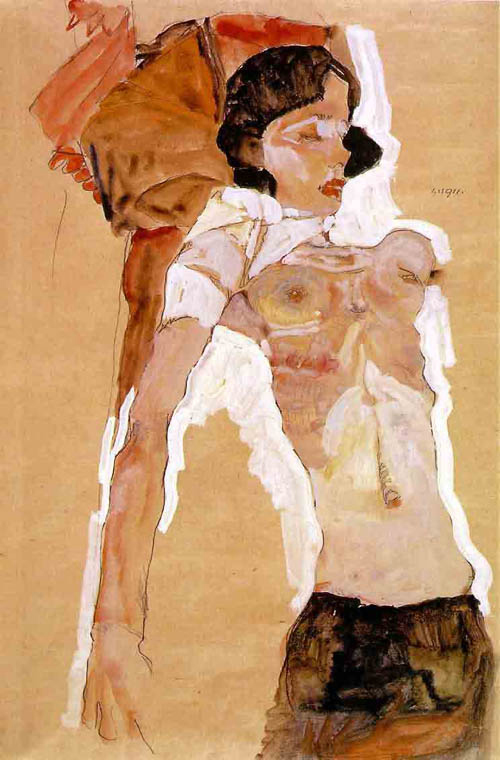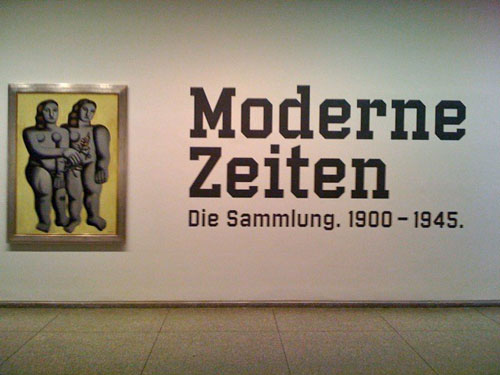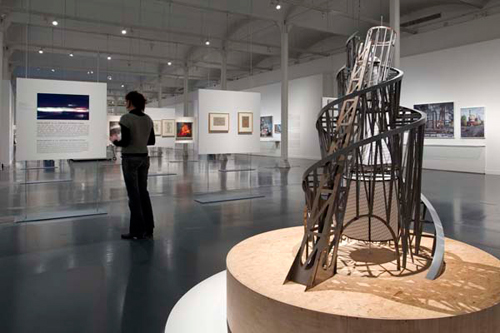La CaixaForum de Barcelona exhibe hasta el 20 de octubre Retratos. CaixaForum in Barcelona exhibits, until the 20th of October, ´Retratos de la Belle Epoque´ (Portraits of the Belle Epoque), which shows the historical period that goes from the end of the 19th century until 1914 – date of the First World War – through portraits.

During this period there was a great change in European society that would affect art and the relationship between the artist and its public. It´s then when the first art avant-gardes surge, as well as impressionism, post-impressionism and Art Nouveau.
The exhibition explores in a majestic way the iconographic and psychological transformations from a delimited period, through 78 works and 42 artists, among which we can find Giovani Boldini, Edvard Munch, Egon Schiele, John Singer Sargeant, Joaquín Sorolla, Oskar Kokoschka and Henri de Toulouse Lautrec among others.
The works are organized around nine outlooks on the portrait of the Belle Epoque, which go from its beginning until the crisis that ends up in war.
After the Franco-Prussian war, Europe lived a period of peace that lasted close to four decades. During that period, which is where Belle Epoque belongs, there´s a very important economic, technical and scientific development that would reflect in arts and thoughts.
During those years, Sigmund Freud broke academia with his therapeutical practice of psychoanalysis. There are the years of the Industrial Revolution and the surge of Marxism, the proliferation of the unions, the large migrations of poor Europeans to the United States and urban growth.
The process of enormous accumulation of the industrial bourgeoisie began to sophisticate its tastes and it also had money to pay for them, so many artists could live off portraits or paintings which were by demand of the buyer. This surge would allow the development of new trends like fauvism, expressionism, post-impressionism and modernism. In 1900 the decorative art ´Art Nouveau´ emerged, which delighted the bourgeoisie and it extended it to North America.
In the middle of all of this, painters like Toulouse Lautrec dedicated themselves to paint life in the brothels of Montmartre and living off making posters that were ordered by the owners of cabarets, who he knew from being a permanent client. Lautrec painted dancers, singers and the bourgeoisie that enjoyed the hidden pleasures in the bohemian parts of Paris. His work is one of the most representative of the social life at the time, because it reflects the contradictions between social classes to the point that it defines itself as a social chronicler.
On the other extreme from Lautrec there´s the avant-garde and the worship of expressionism by the Norwegian Edvard Munch, whose painting would influence German expressionism. Munch would paint on collective emotions of a Europe that had an uncertain destiny. Love, hate and terror are some of his recurrent themes in his paintings.
For more information: http://obrasocial.lacaixa.es/nuestroscentros/caixaforumbarcelona/labelleepoque_es.html
 Nancy Guzman
Nancy Guzman
A beautiful exhibition and a good topic to deal with in a time of contradiction, whose ending gave way to a terrible war. So, accept the invitation of CaixaForum and come to enjoy it in apartments in Barcelona

 English
English Translated by: aleixgwilliam
Translated by: aleixgwilliam

